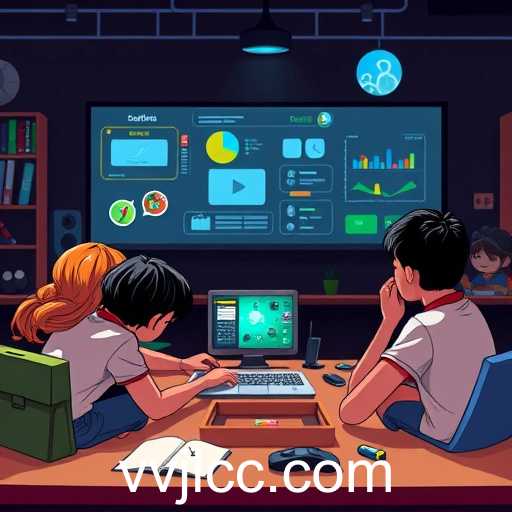In today’s rapidly evolving educational landscape, educational games have emerged as a powerful tool for teachers and students alike. Encapsulating fun and learning within a unified experience, these games leverage technology to captivate the learner’s interest while simultaneously imparting critical knowledge and skills. The category known as 'Educational Games,' with 'vvjl' as a prominent keyword, underscores the growing significance and diversified use of such games in modern education.
Educational games are designed to make learning appealing and accessible. They break down complex topics into digestible, interactive formats, which fosters an environment of engagement and retention. Through activities that encourage problem-solving, critical thinking, and creativity, these games provide a well-rounded educational experience. Students find themselves immersed in scenarios that mimic real-world situations, giving them valuable practice in a controlled setting.
The integration of educational games into curriculums addresses the needs of diverse learners. For visual and kinesthetic learners, games offer a dynamic alternative to traditional textbook learning. They create opportunities for students to explore topics at their own pace and revisit material to reinforce understanding. As classrooms increasingly adopt digital tools, educational games are at the forefront of offering personalized learning experiences that accommodate different learning styles.
Furthermore, educational games often promote collaborative learning. Many are designed to be played in groups, encouraging students to work together to solve problems. This not only builds teamwork and communication skills but also helps students to learn from one another’s perspectives. With the advent of multiplayer and online educational games, students can now collaborate with peers from around the globe, sharing knowledge and cultural insights.
The success of educational games also lies in their ability to provide instant feedback. This immediate reinforcement helps learners recognize areas where they excel and areas needing improvement. Teachers, on the other hand, can utilize analytics from these games to tailor lesson plans to address student weaknesses, ensuring a more targeted and effective educational strategy.
As technology continues to advance, the potential for educational games to enhance learning further expands. With the integration of artificial intelligence, adaptive learning technologies, and virtual reality, the future of educational games promises even more interactive and realistic learning experiences. These games are not merely tools for reinforcing existing knowledge but are shaping the educational paradigms of tomorrow.
In conclusion, educational games represent a significant shift in the educational paradigm. By engaging students in an interactive and participatory manner, they make learning both enjoyable and effective. As we continue to integrate technology into education, educational games stand as a testament to the power of innovation in fostering an enlightened and informed generation.








